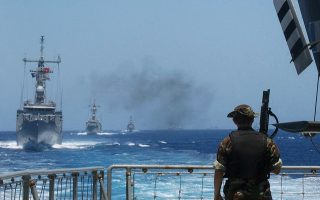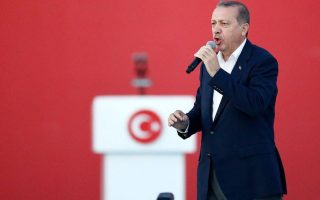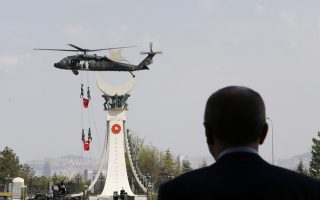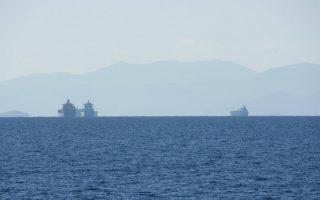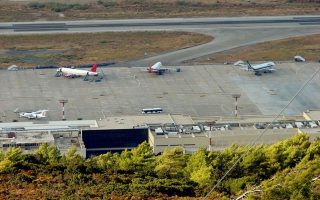Iran enters new era of uncertainty as Trump takes tough stance
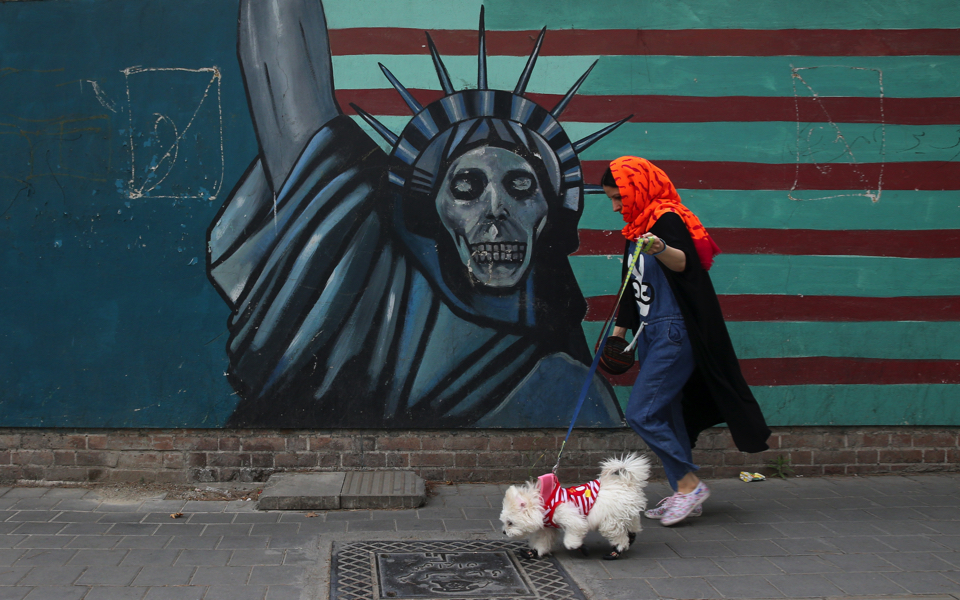
Not so long ago, things were looking up for Iran. The 2015 nuclear deal its government agreed with the US, UK, France, Russia, China, and Germany lifted tough sanctions, allowing for a sharp increase in Iran’s oil production. It unlocked billions of dollars in long-frozen assets. European companies arrived in Iran in search of deals. The country’s economy began to improve. Public expectations for brighter days lifted spirits.
Iran’s geopolitical environment was also improving. Barack Obama did not favor Saudi Arabia, Iran’s main regional rival, as past US presidents had done, particularly since Iran’s 1979 revolution. Nor was he as friendly with Israel. After years of civil war, Iran’s most important regional ally, Syria’s Bashar al-Assad, had proven the resilience of his regime. The Saudi war on Iran’s Houthi allies in Yemen wasn’t going well. The balance of power in the Middle East appeared to have shifted strongly in Iran’s favor.
Enter Donald Trump. First, the US president moved to distinguish himself from his predecessor with a full and unapologetic embrace of Saudi Arabia and its ambitious young Crown Prince, Mohammad bin Salman. More and more, Trump’s comments on Iran began to echo those of Israeli Prime Minister Benjamin Netanyahu.
Then, of course, Trump followed through on threats to withdraw from the Iran nuclear deal. There have already been angry protests in Iran over high inflation, high unemployment, state spending cuts, and corruption as Iran’s economy recovered more slowly than promised. Now, restored sanctions and a sharp economic slowdown would make matters much worse. The International Monetary Fund warned two days before Trump’s announcement on the nuclear deal that a reimposition of sanctions would threaten Iran’s entire banking system.
The sense of dread inside Iran is palpable. Step back to the hard times, which many Iranians now fear will return. During the years of sanctions (2010-2015), Iran’s economy slowed from +6.6 percent GDP growth in 2010 to -1.5 percent in 2015. Oil exports fell from 2.4 million to 1.4 million barrels per day. Inflation surged, and the currency lost nearly two-thirds of its value. Shortages of food and medicine were common. Before Trump’s announced withdrawal from the nuclear deal, growth was expected to reach 4.3 percent this year. That’s now off the table.
Indignant European leaders have vowed to keep the deal in place without Washington’s participation, but the early evidence suggests European and other companies will step back from Iran to avoid any risk of lost access to far more lucrative US markets. Sanctions won’t be reimposed for several months, allowing time for Iran to meet US demands for changes to the nuclear agreement and a less confrontational approach to Saudi Arabia, the UAE, and Israel, but Iran is highly unlikely to compromise since opponents of the deal inside Iran have significant influence within those areas of policy.
Iran’s position in the neighborhood also appears to be weakening. Israel has launched deadly airstrikes on Iranian military installations inside Syria and have made clear they’ll do it again. Russia, eager to establish its own political and economic presence in Syria, isn’t sorry to see pressure on its Iranian competitors.
Inside Iran, anxiety is on the rise. President Hassan Rouhani staked his credibility on the nuclear deal and the boost he said it would provide Iran’s stagnant economy. Hardliners, eager to avoid an economic opening that would loosen their hold on much of Iran’s wealth, are happy to see the deal, and Rouhani, discredited.
Iran’s crude oil exports had climbed to a record 2.6 million barrels per day in April before falling by 100,000 bpd in May. France’s Total, Russia’s Lukoil, and other international energy firms look likely to pull back from projects in Iran to avoid penalties and restrictions imposed by US sanctions. It will also become more difficult to find insurance for ships transporting Iranian crude.
Iran’s economy may not suffer as badly under reimposed sanctions as it did between 2010 and 2015, particularly if China and Chinese companies ignore them. It’s also true that large-scale protests inside Iran last December were not directed at the country’s clerical leadership. But demonstrations are driven by fear and anger, not statistics, and a protest focused on one subject can shift depending on changing events, a shifting mood, and government response.
Frustration may well make Iran a more aggressive and less predictable player in the region. Iran is already involved in the politics of Syria, Iraq, Lebanon, and Yemen. Threats of missile, drone and cyberattacks on Saudi targets, particularly energy facilities, continue. Iranian and US forces will eye each other warily, especially in the Strait of Hormuz. But it is in Syria, an arena where Syrian forces, Russia, Iran, the US, Turkey, Israel, Saudi Arabia, Kurds and jihadis come together, that we can expect the highest risk of confrontation.
The Iranian wildcard will only make that risk more dangerous.
Ian Bremmer is the president of Eurasia Group and author of "Us vs. Them: The Failure of Globalism."
